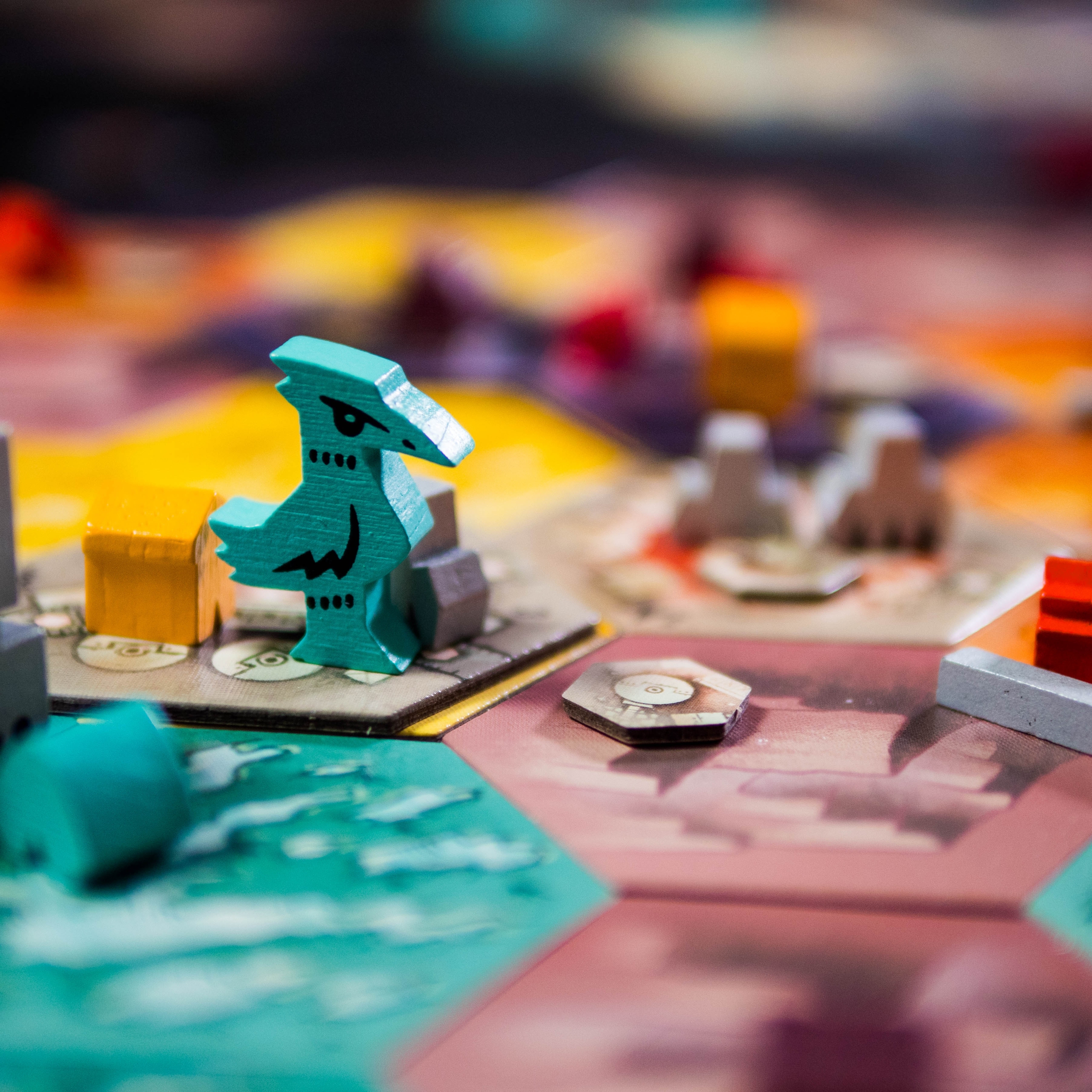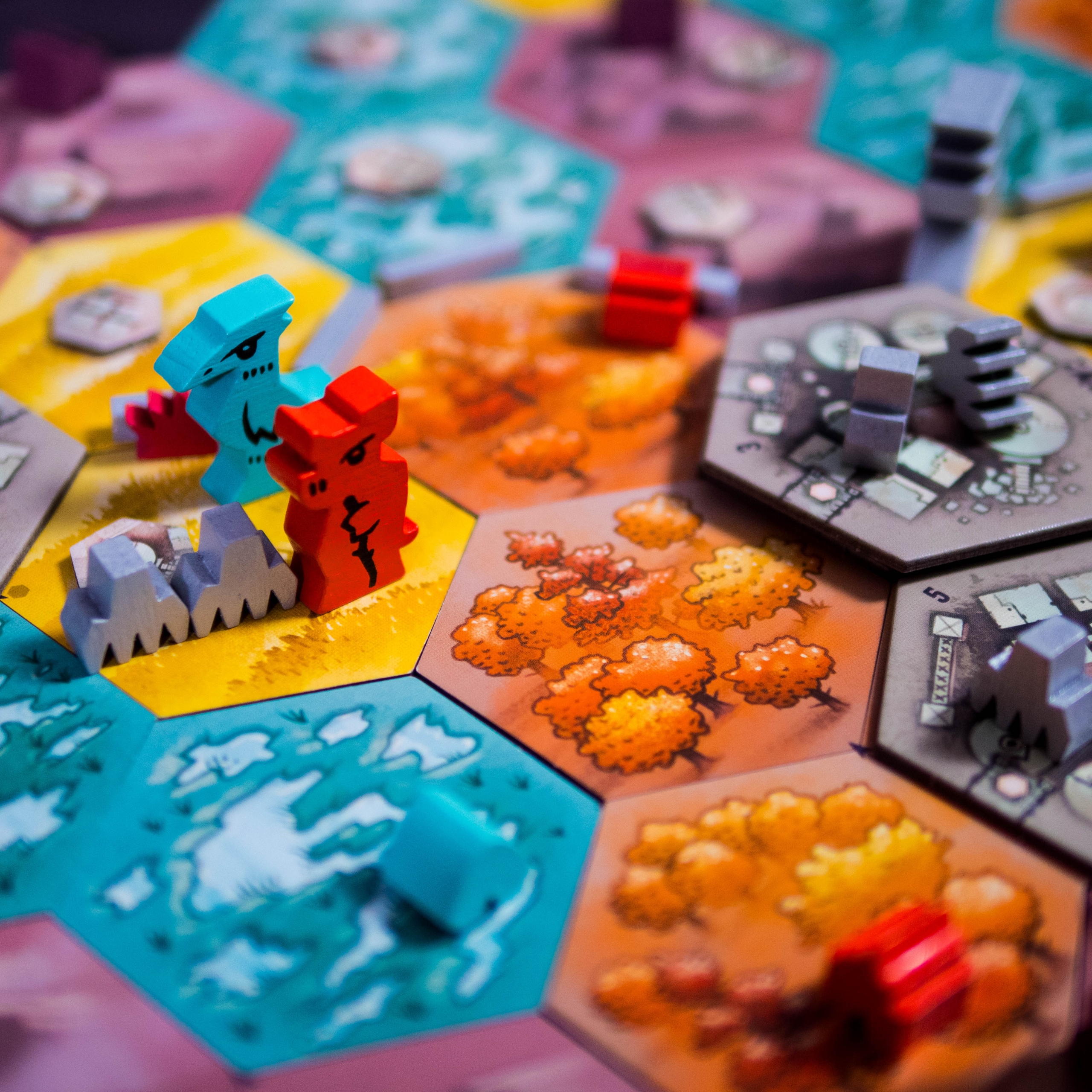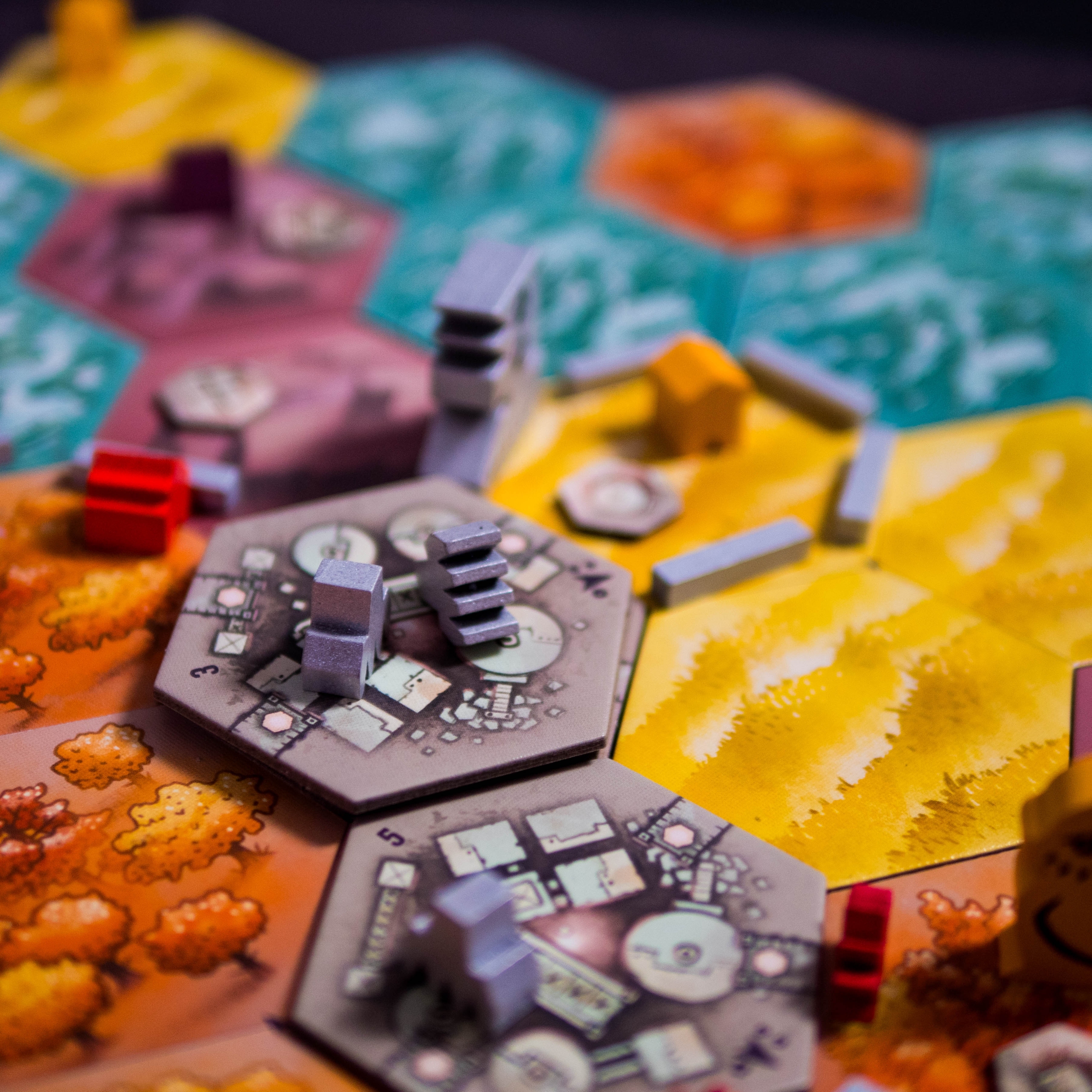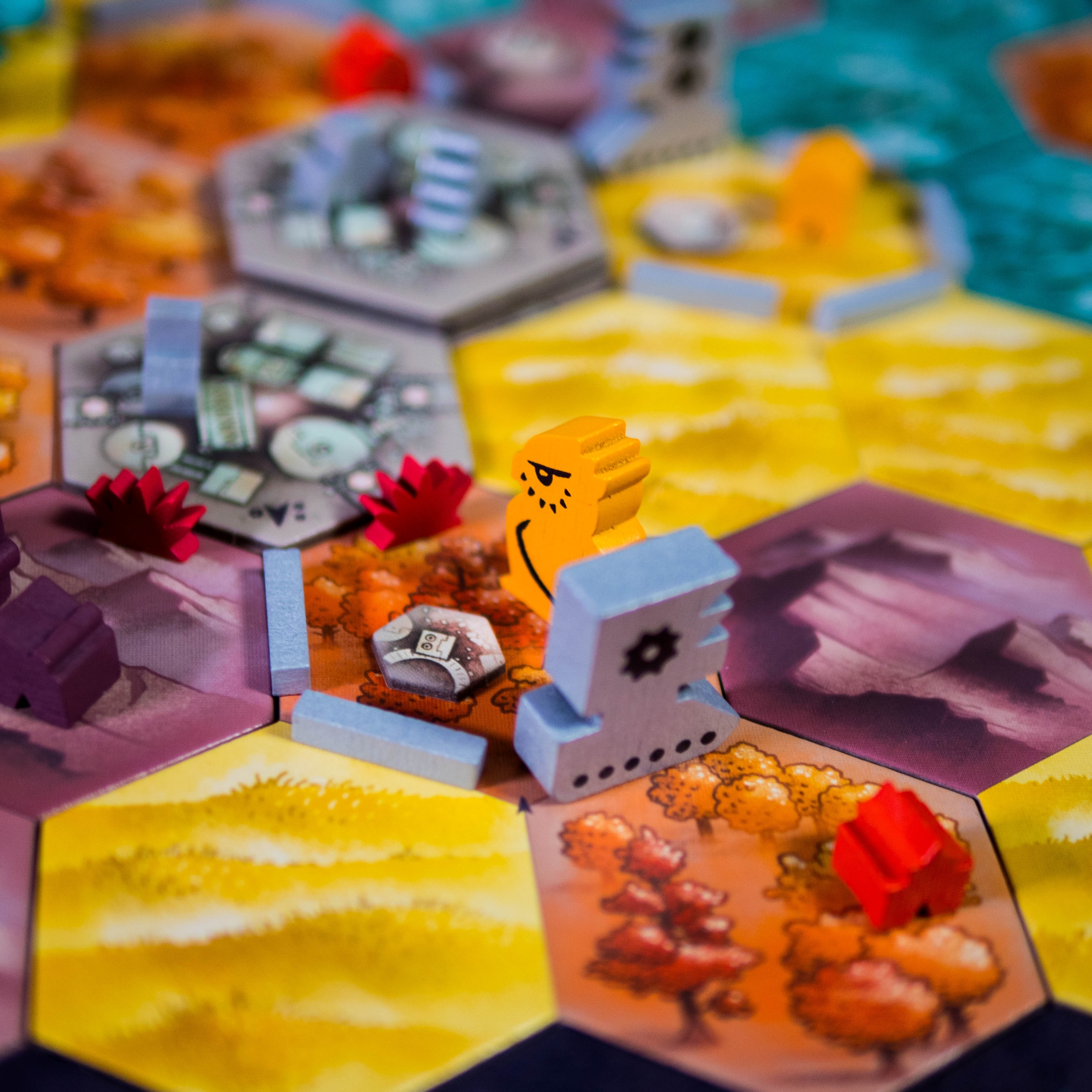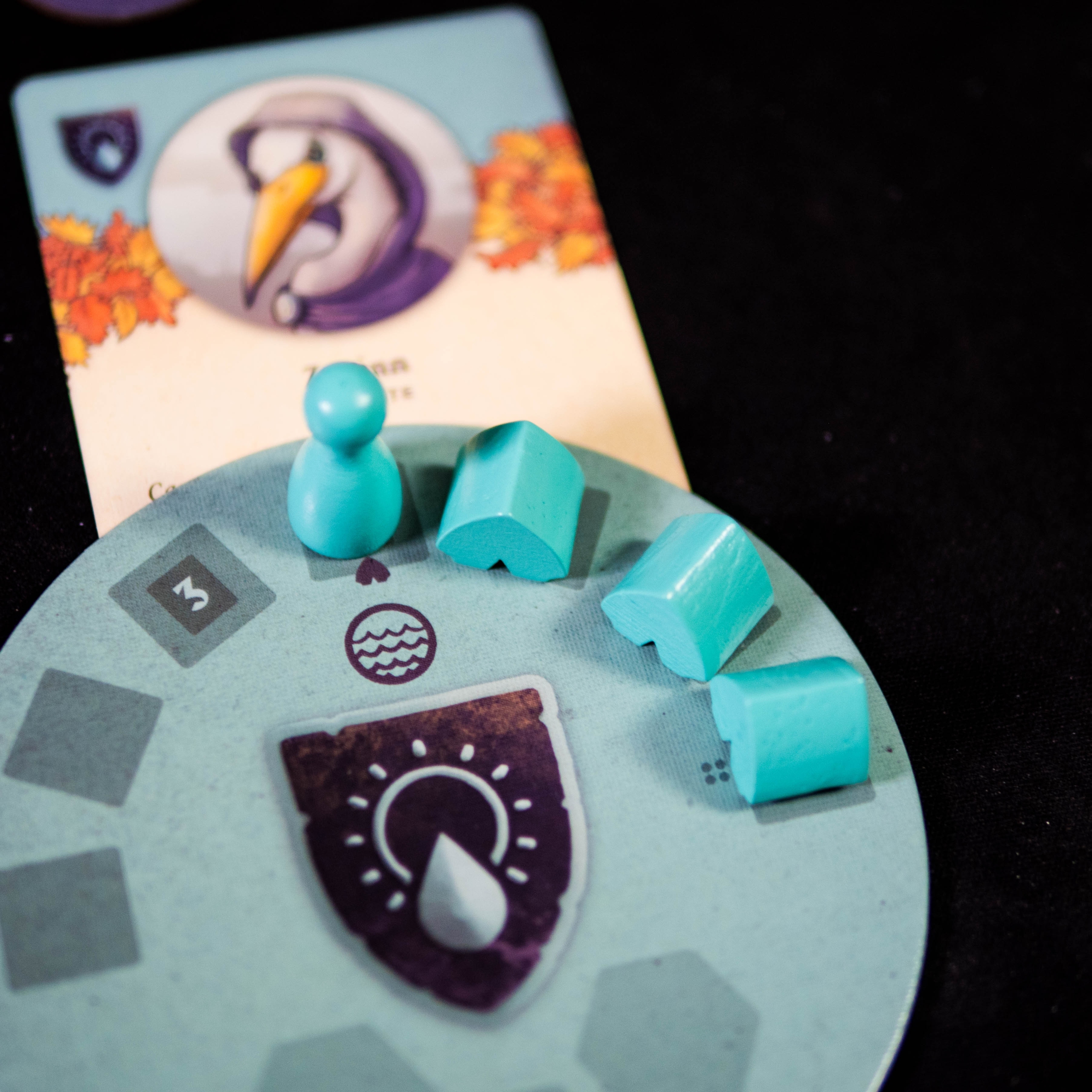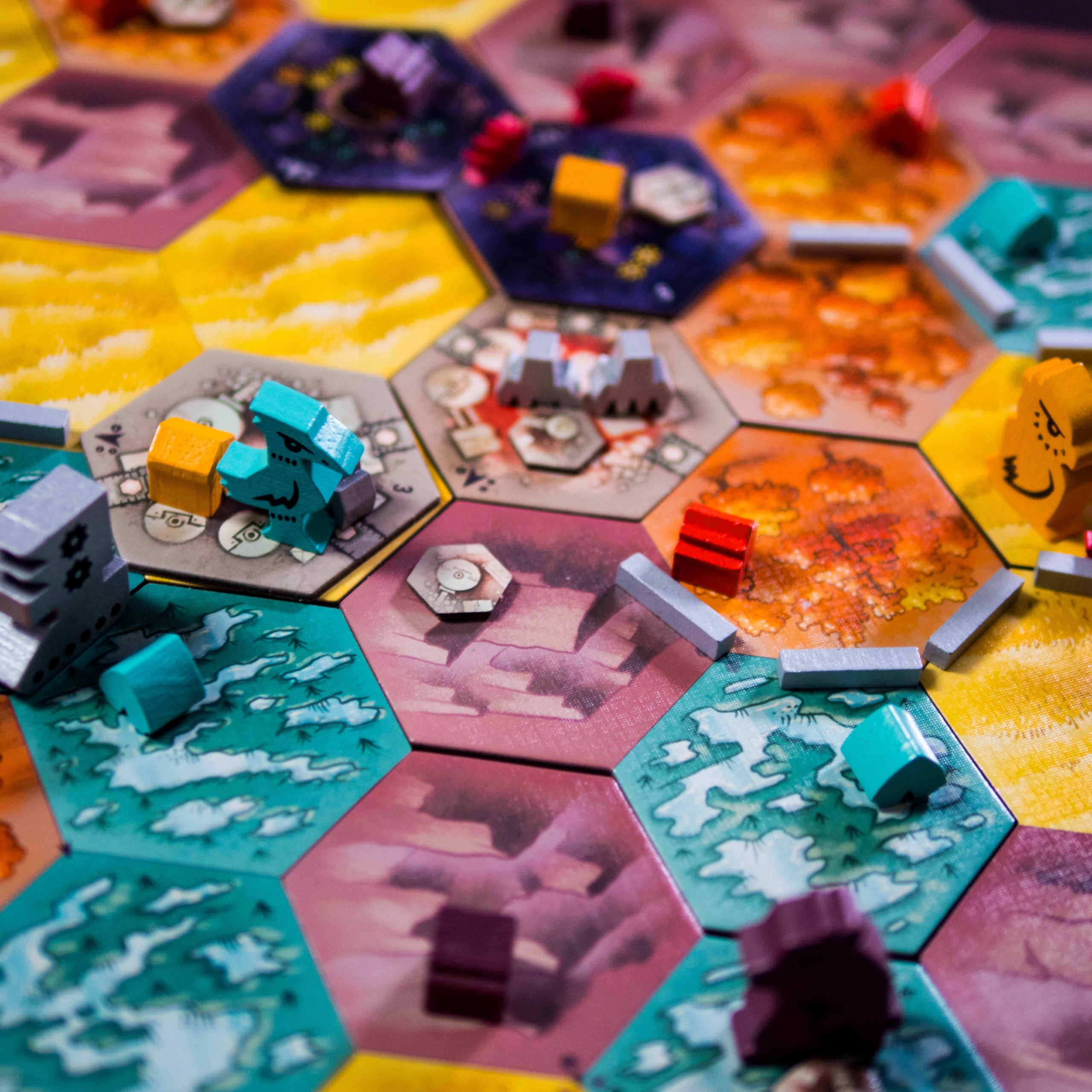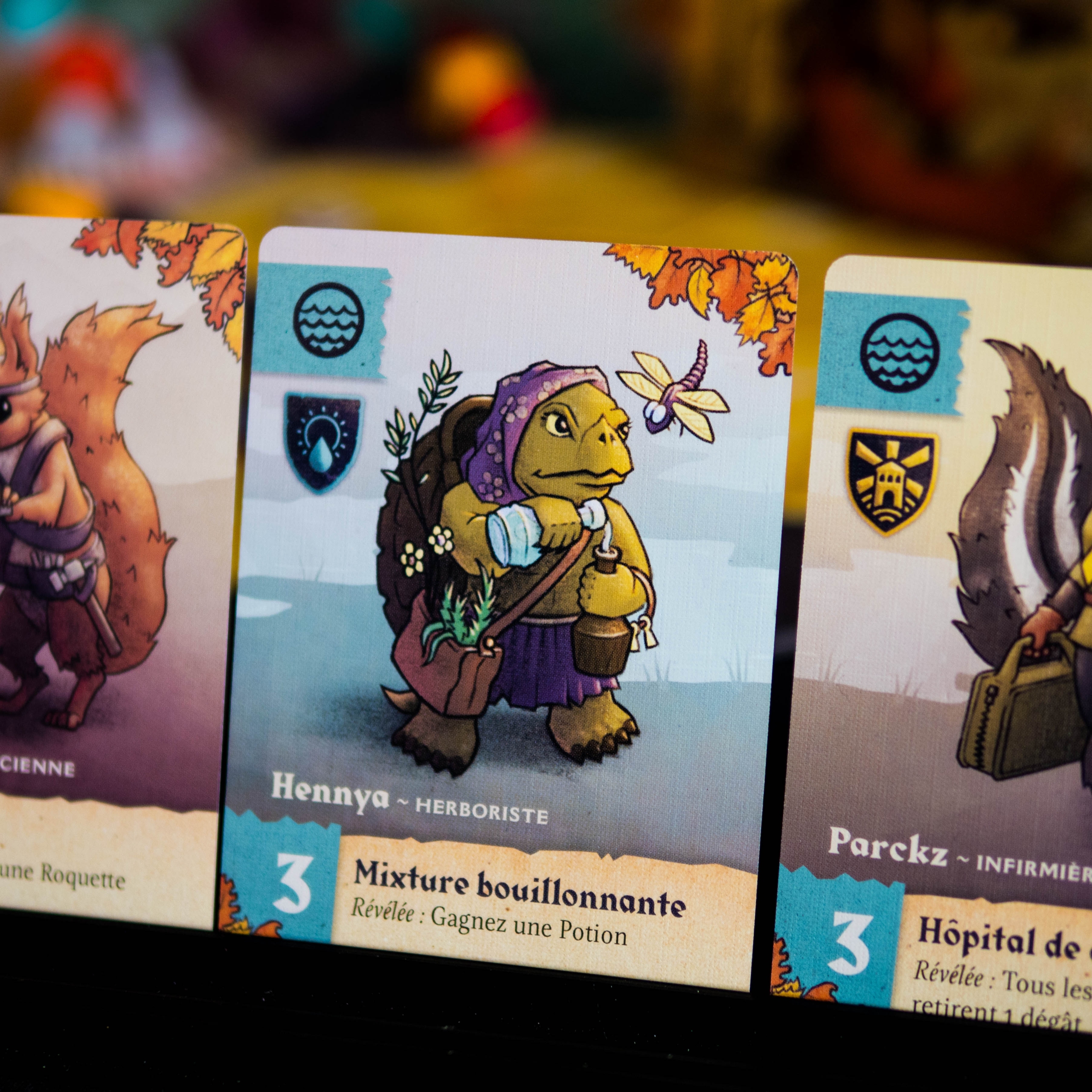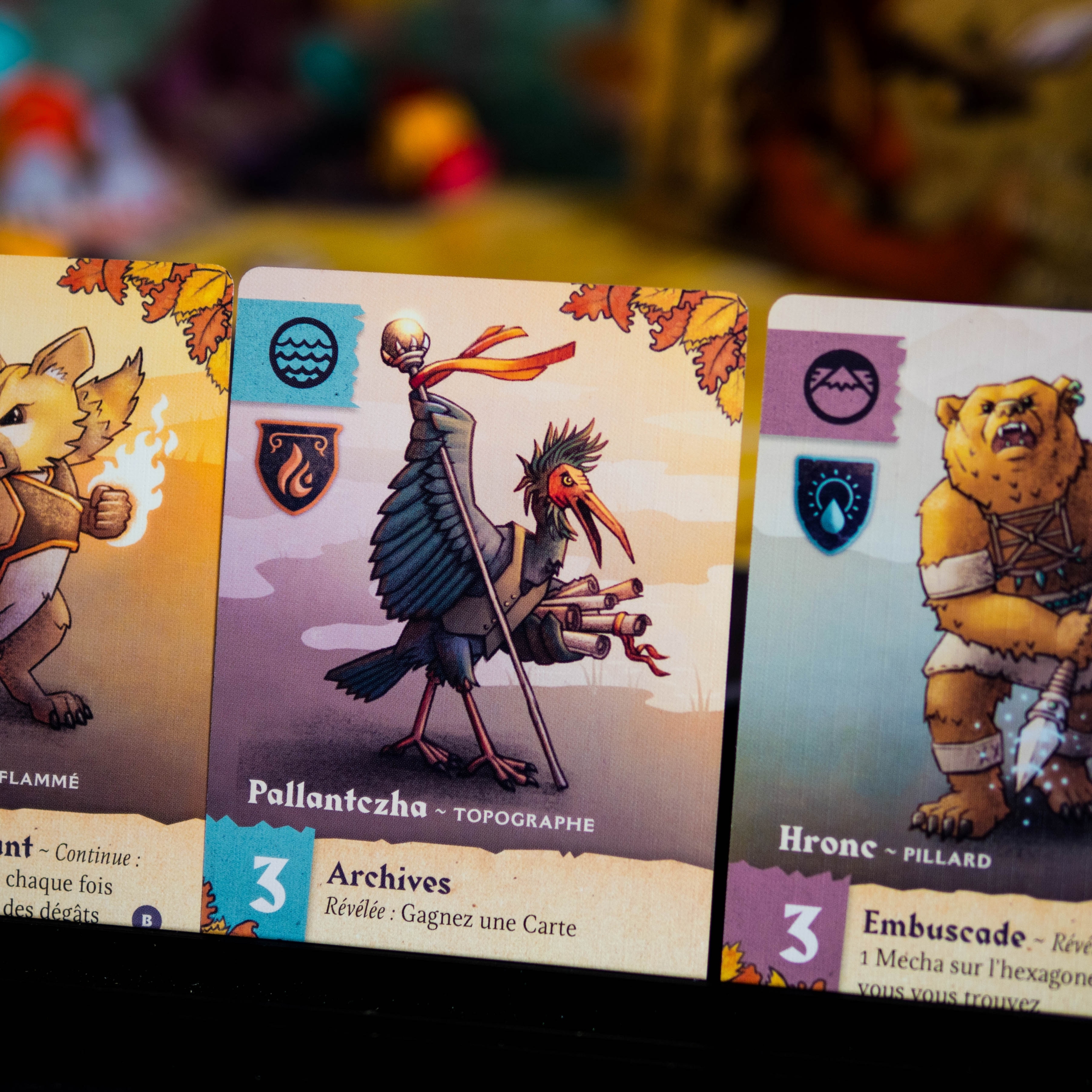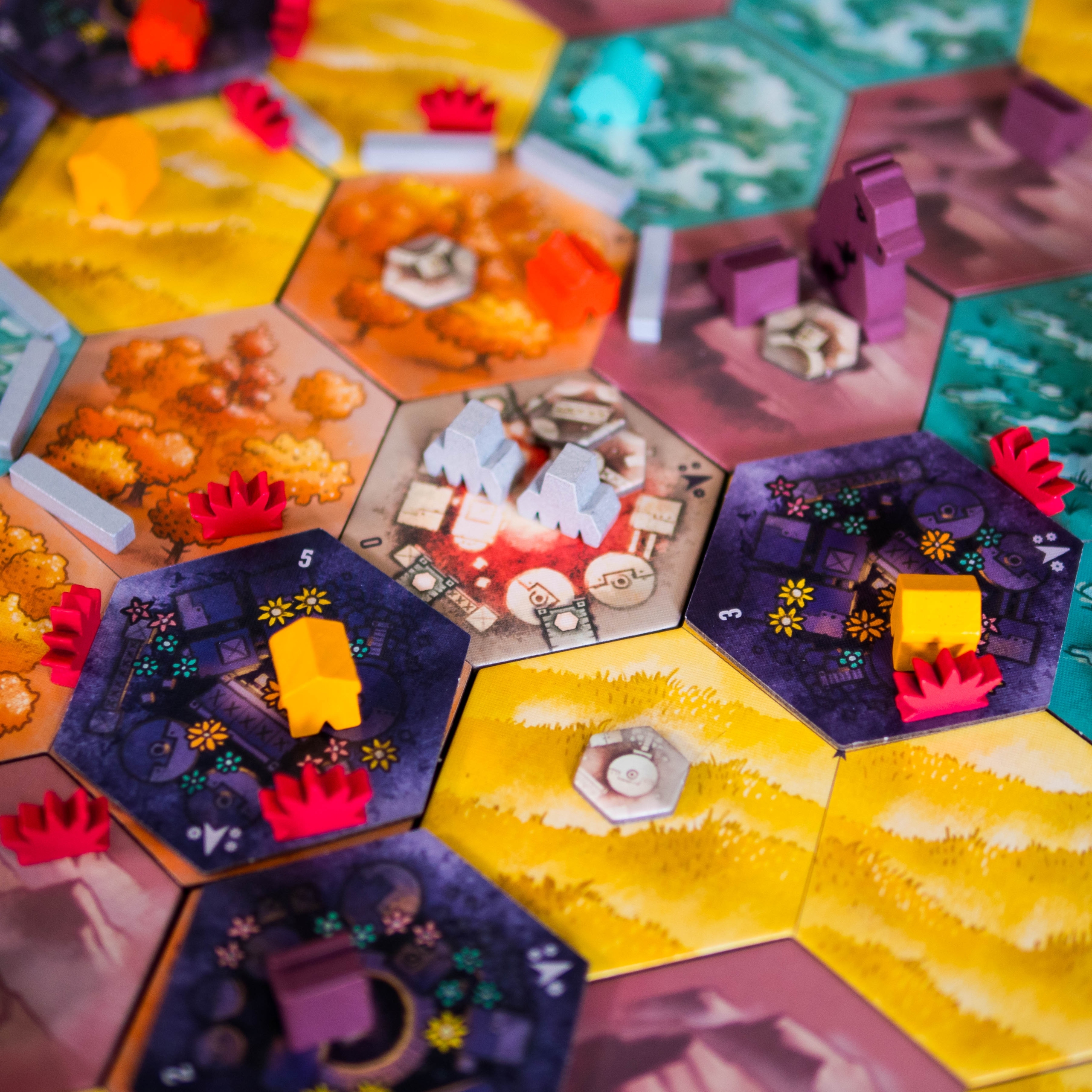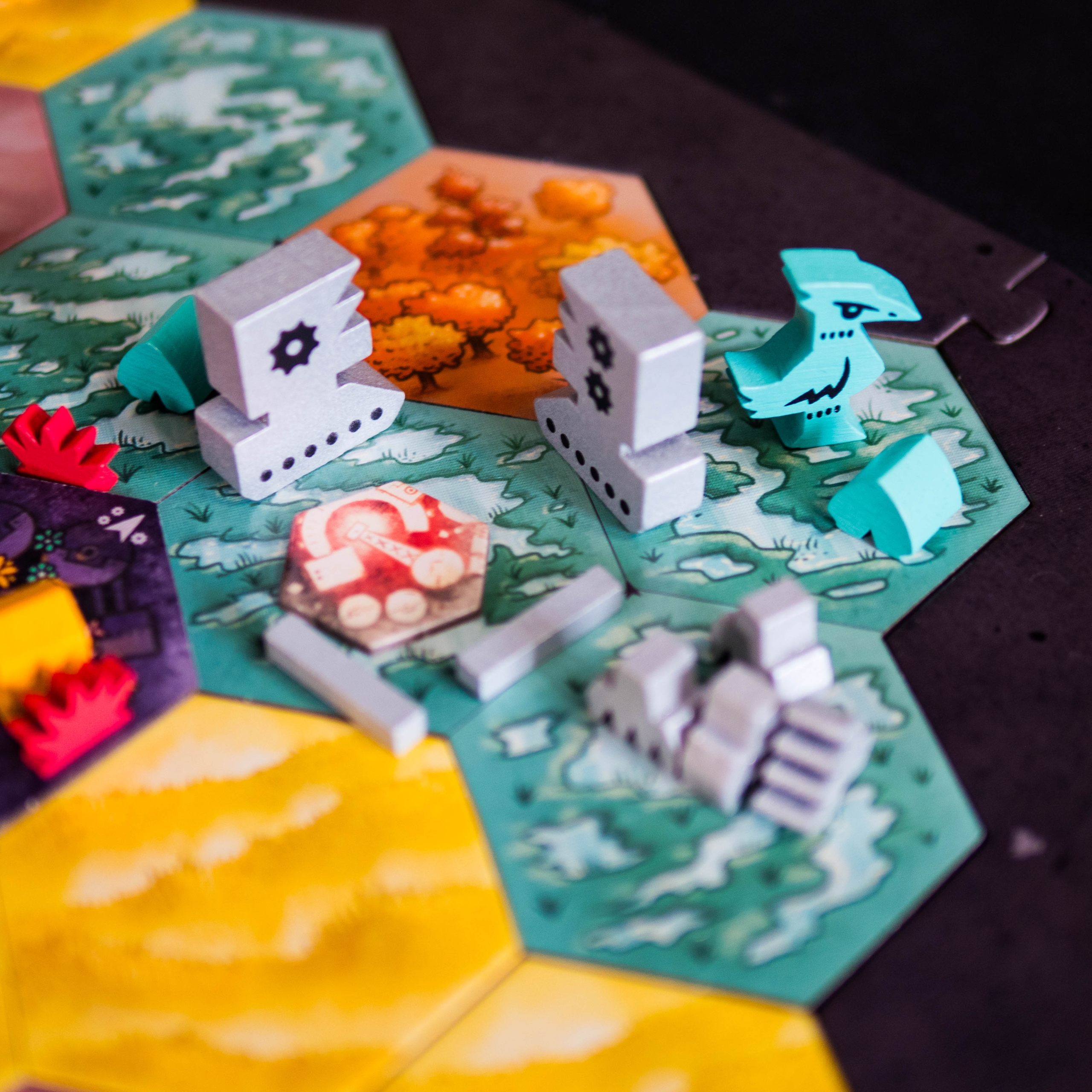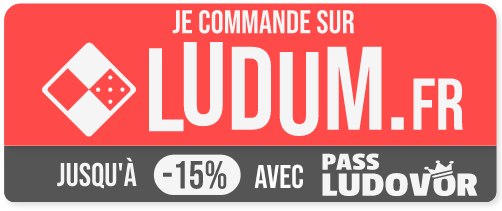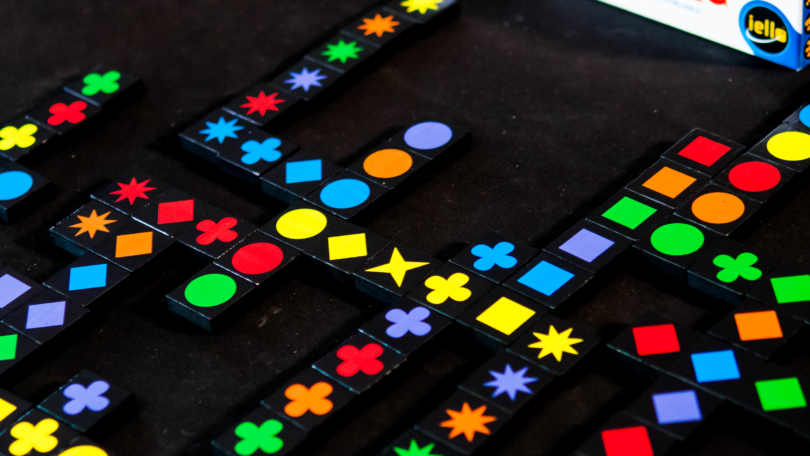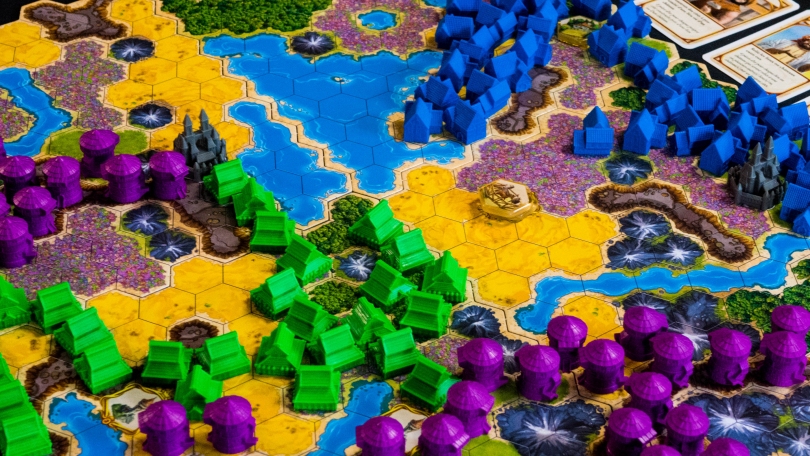Defenders of the Wild stands out for its artistic direction that could recall a certain Root . But behind its shimmering colors hides a committed, almost militant message, in an ecological fight against destructive industrialization.
The gameplay is tense and demanding: the AI will constantly put you under pressure, whether through its attacks, its factories under construction, or the inexorably spreading pollution. There’s no respite here: you’ll have to collaborate, plan, and join forces to hope to win and repel the machines. The game requires constant coordination, made all the more complex by a communication limitation at the start of the turn, which prevents any strategic discussion at the crucial moment of choosing your actions. The cooperative aspect is very pure here: you plan, you adapt, and every decision can make a difference. Chaos is very present, as is an element of chance with the use of dice for damage management.
The artificial intelligence that manages the machines’ expansion is particularly tense : it acts relentlessly and mercilessly, creating a constant tension. While some will find it a stimulating and rewarding challenge, others may be frustrated by the difficulty, especially since early games often end in defeat or narrow victories.
In terms of mechanics, the game doesn’t invent anything radically new: a bit of simplified deckbuilding, camp placement, classic movements… But the whole thing is very well executed , within a coherent thematic framework.
It could be criticized for its somewhat tedious handling of machine components, its fairly high difficulty , and its sometimes somewhat mechanical or calculating sensations . Despite this, Defenders of the Wild remains a deep, strategic game , with careful artistic direction , recommended to players who appreciate intense cooperation and who do not shy away from a real challenge .


